When sustainability takes the lead
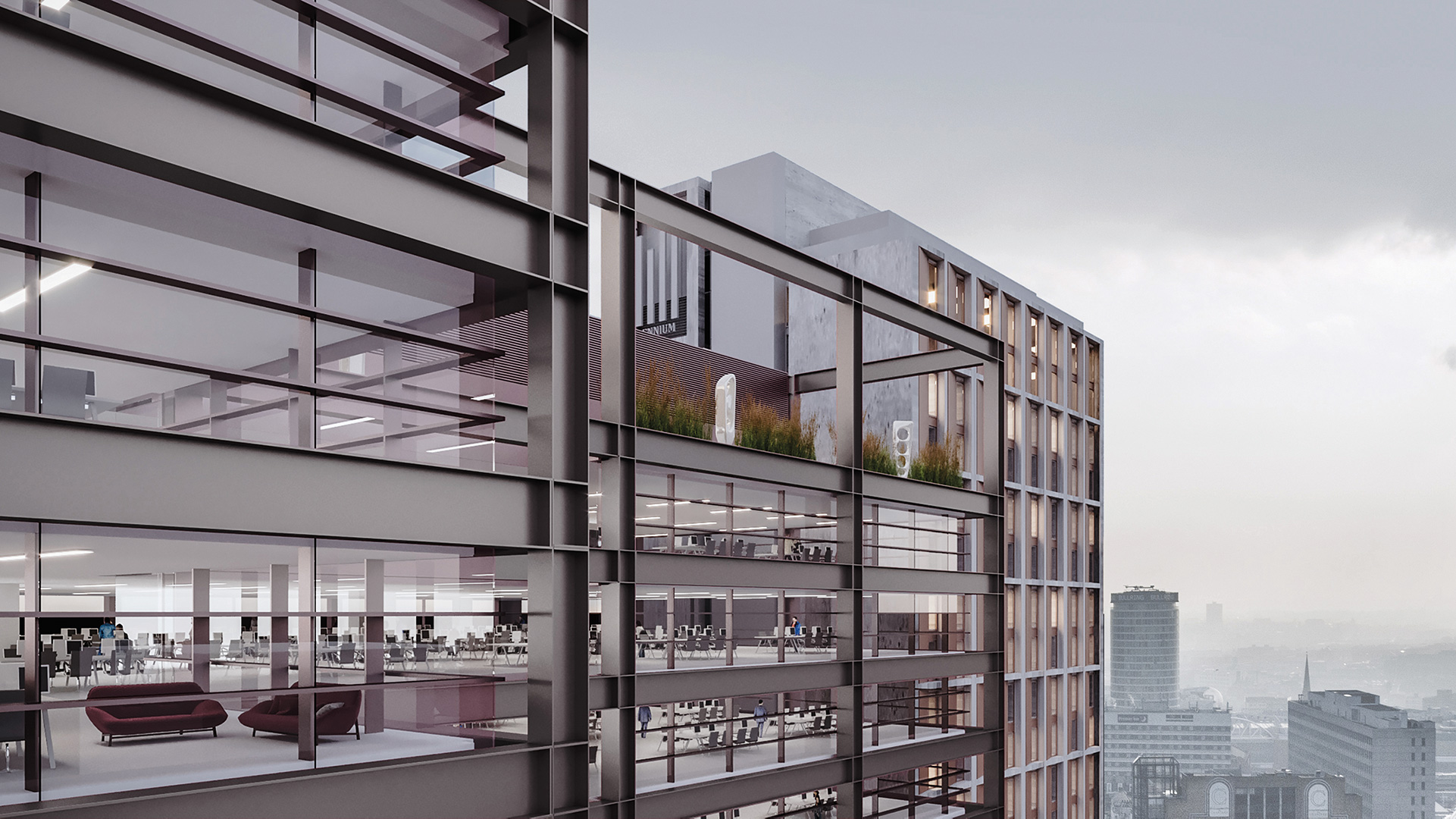
By Michael Strangeways of consulting engineers Arup
One Centenary Way is an exemplary new building in more ways than one.
As a major new office building for Birmingham with more than 280,000 sq ft of space, it will provide a welcoming ‘front door’ to Paradise from the west of the city as well as a new backdrop from Centenary Square and Broad Street.
As well as office space it will also offer a number of retail and leisure units fronting both Centenary Way and Western Terrace – a brand new piece of public realm for the city.
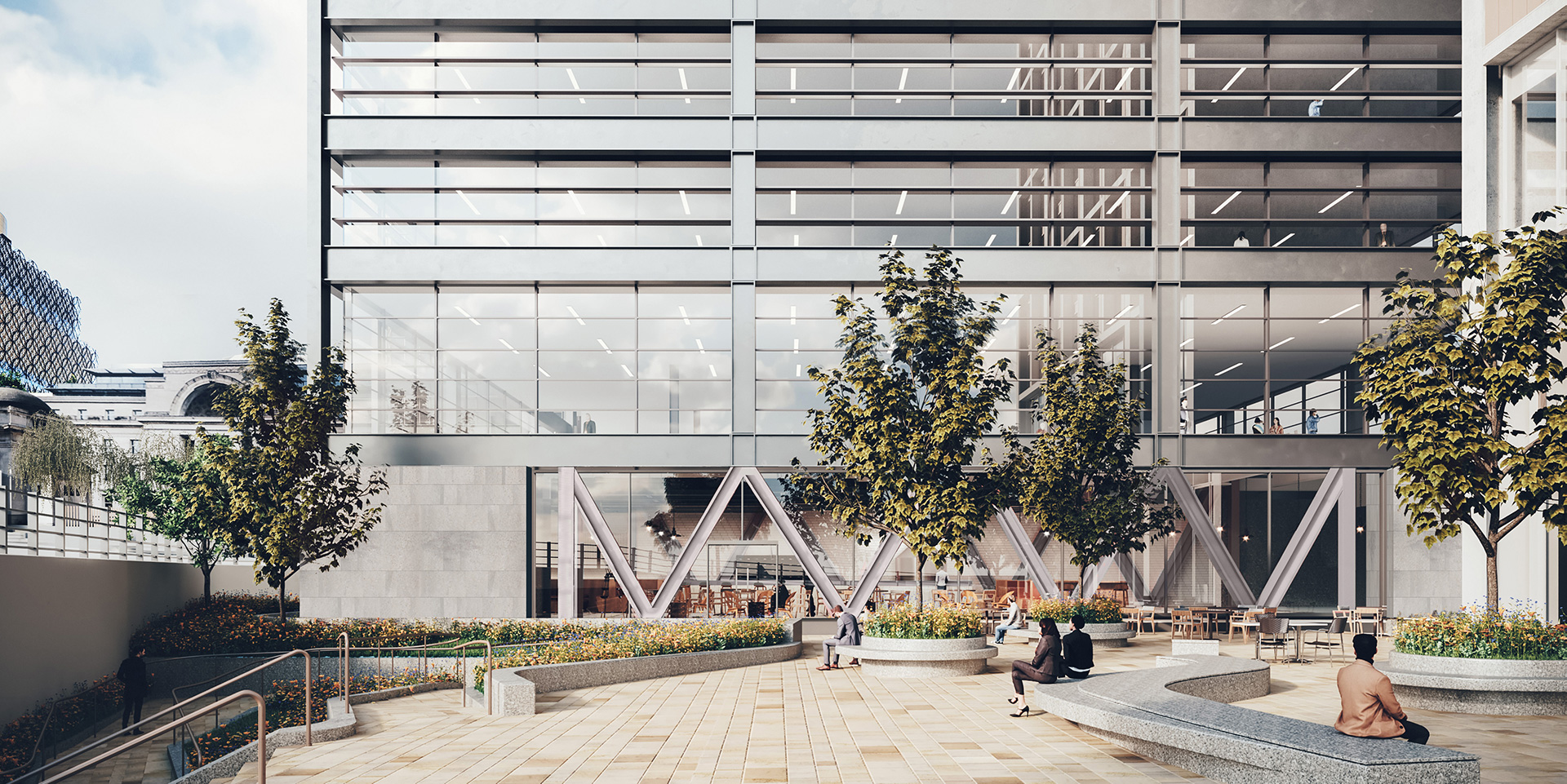
Not only is the building making the most of a prominent city centre site and creating a major new landmark, it is doing it in both a sustainable and sensitive way.
For Arup, our role in bringing the building to life has been about finding the right solutions to the unique challenges of the site. The location directly above the A38 Queensway tunnel has meant the building has faced a unique construction method with huge steel trusses creating a platform upon which the exoskeleton steel frame will sit.
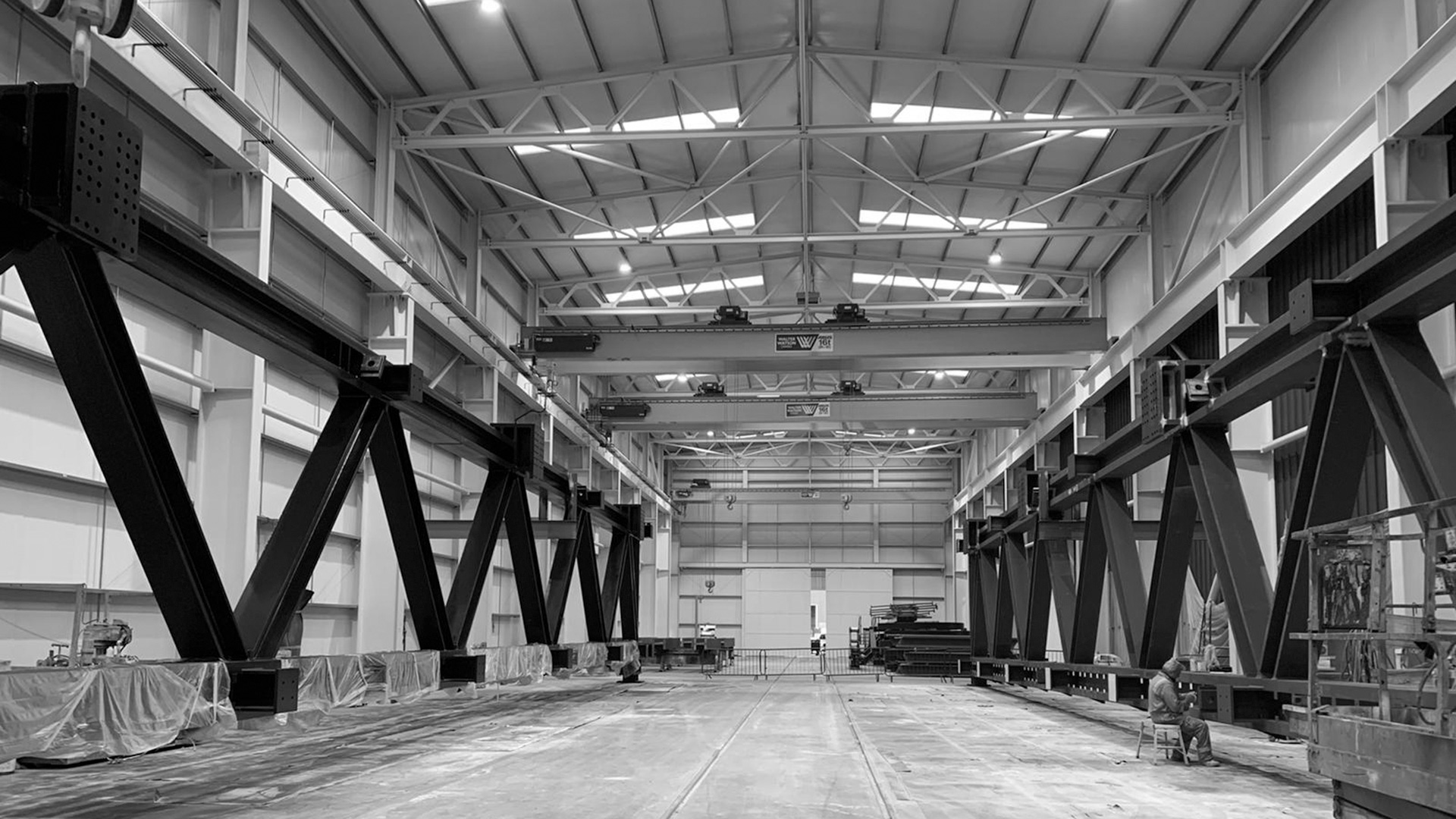
With a large amount of steel going into the building – up to 6,000 tonnes in total – we were adamant this should be created in the most environmentally friendly way possible. The contractor, BHC Steel in Carnwath, Scotland, was able to fabricate the steel for the foundation trusses in a low carbon way using power generated by their own on-site wind turbine.
The 16 foundation trusses weigh a total of 1,156 tonnes and are some of the largest ever designed and constructed within the UK for a commercial building. The largest truss is 34.6 metres in length and 5.2 metres deep. The heaviest truss weighs 119 tonnes.
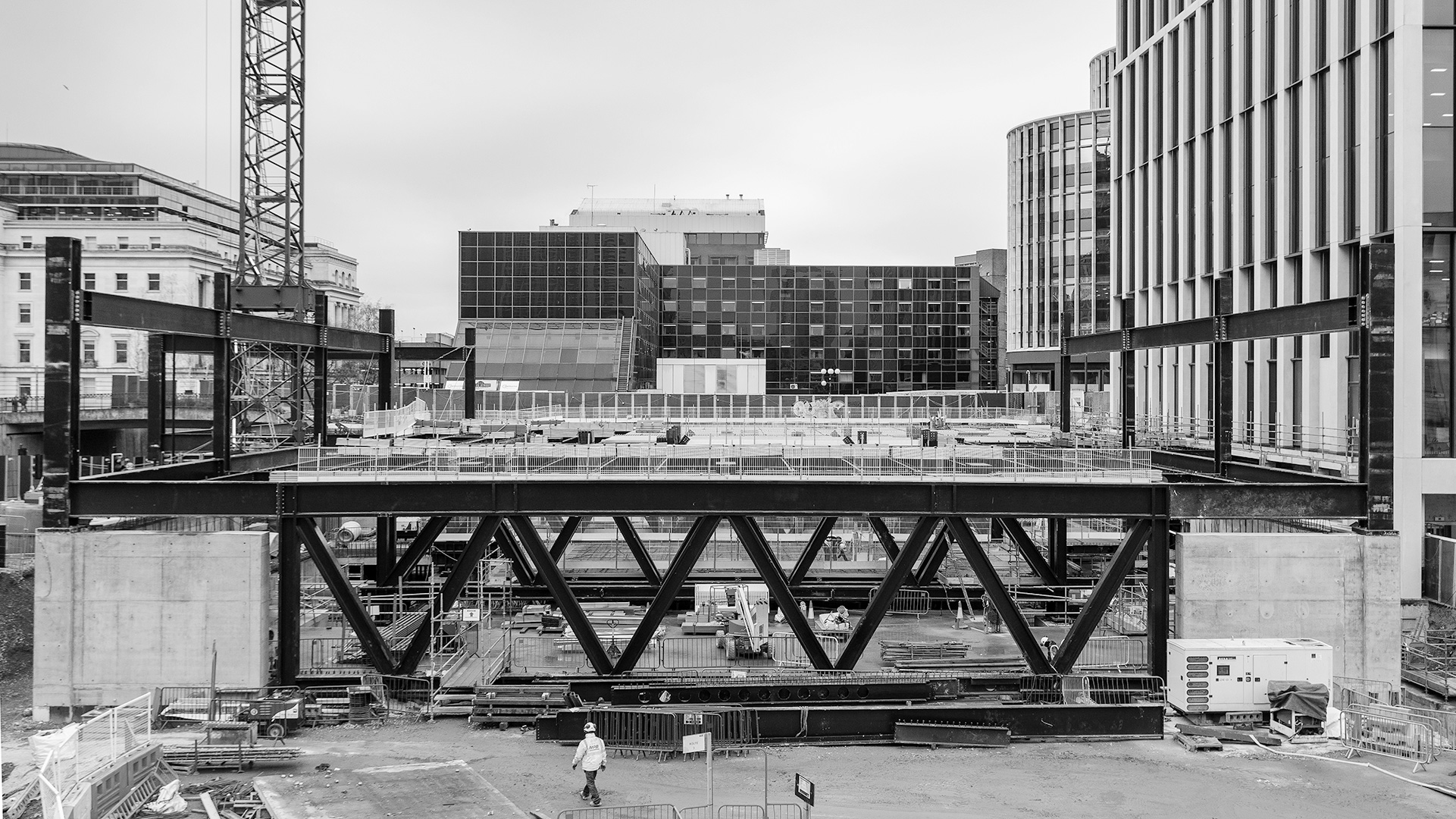
The challenge was to reduce the embodied carbon in the structural steel and this was achieved by both the on-site renewable power generation and a switch in the type of steel used – from plate girders to rolled steel sections. By utilising this improved, greener production process, from cradle (factory gate) to site (Paradise), 900 tonnes of embodied CO2 was saved on the trusses, reducing the carbon footprint of the entire building compared to if we had used more traditional production methods.
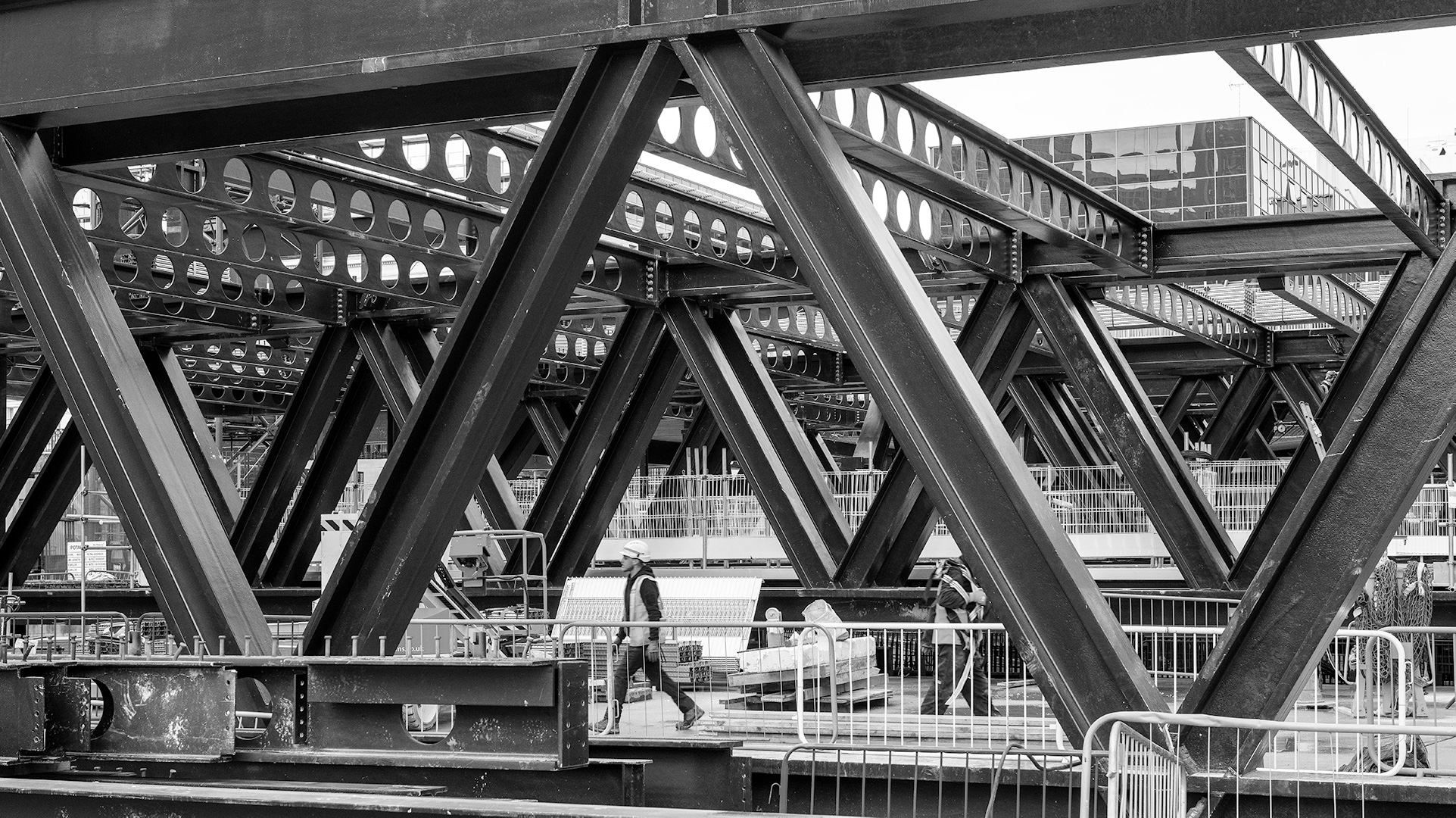
As well as this remarkable work carried out in the construction phase supply chain, the rest of One Centenary Way is looking to reduce its carbon footprint further both during construction and through the life of the building.
By being home to the Paradise cycle hub, for example, and by supporting public transport links with a tram stop and other connections very close by, this building is also reducing the carbon footprint of the people who will work in it and the businesses that will call it home.
Further CO2 will be saved in the production of the steel frame that can be seen taking shape on site for the frame of the building in the same way. This sets the building apart in Birmingham for its green credentials as well as its look and engineering-led solution.
It shows that large commercial buildings can play their part in reducing emissions and protecting the environment for all of us.